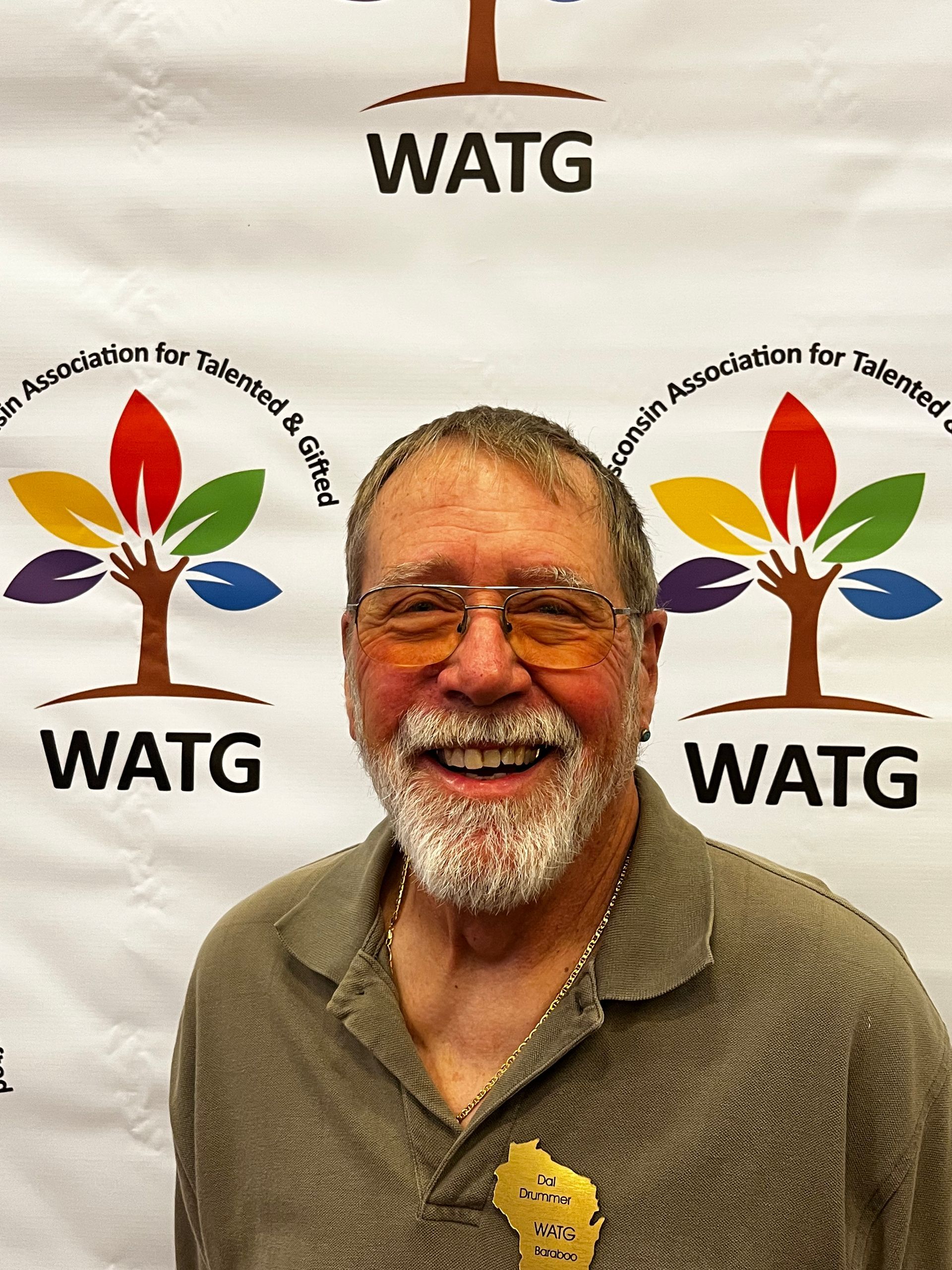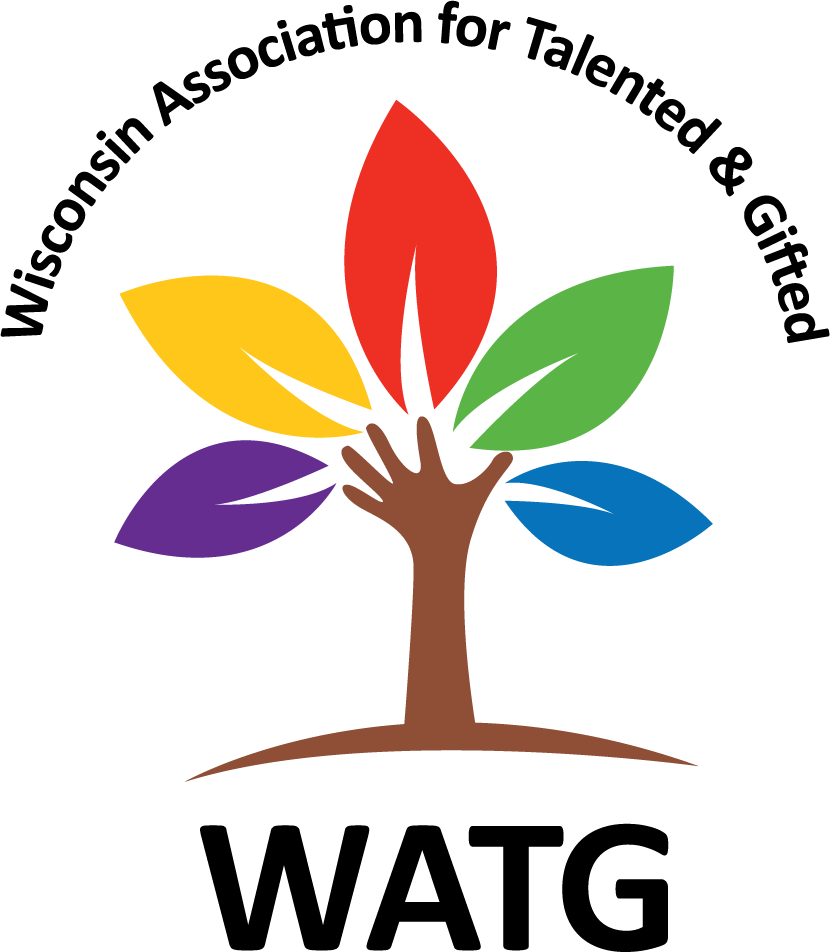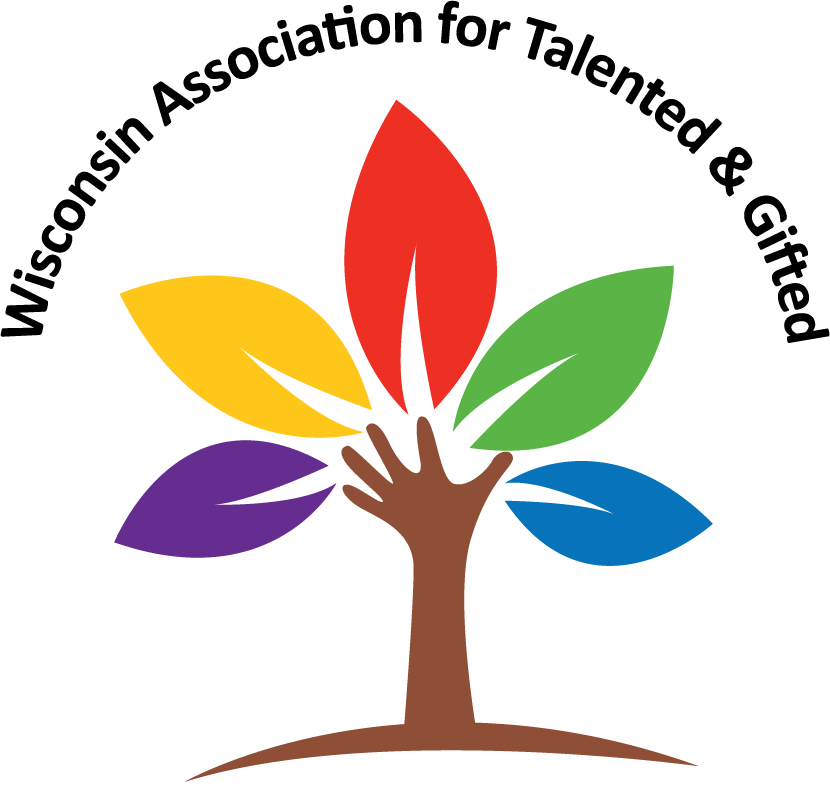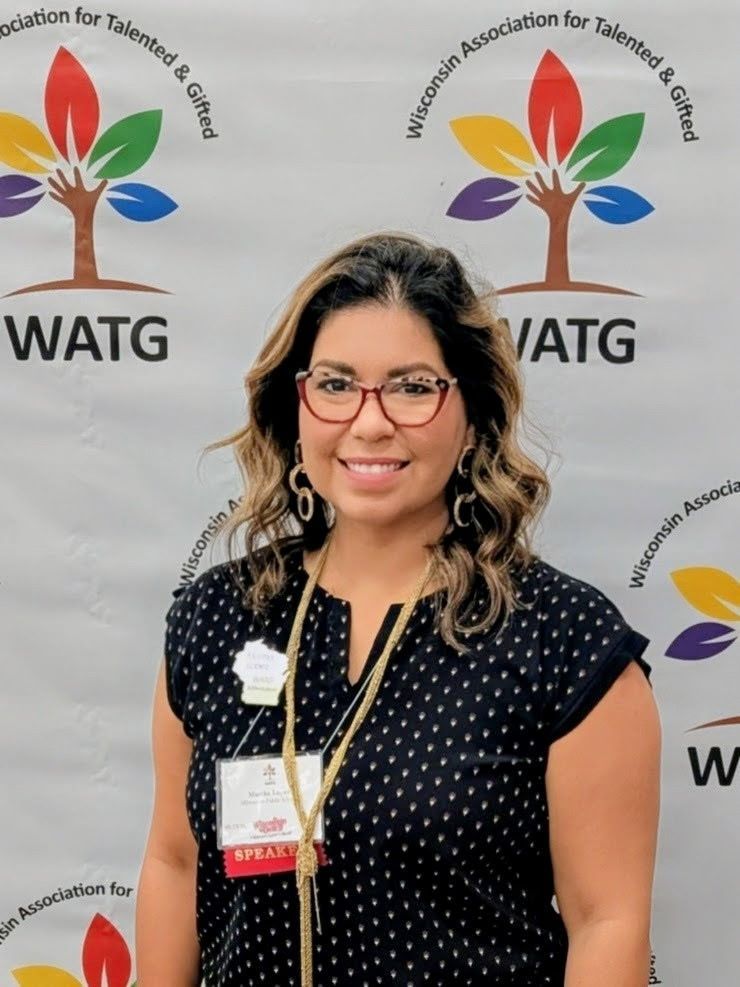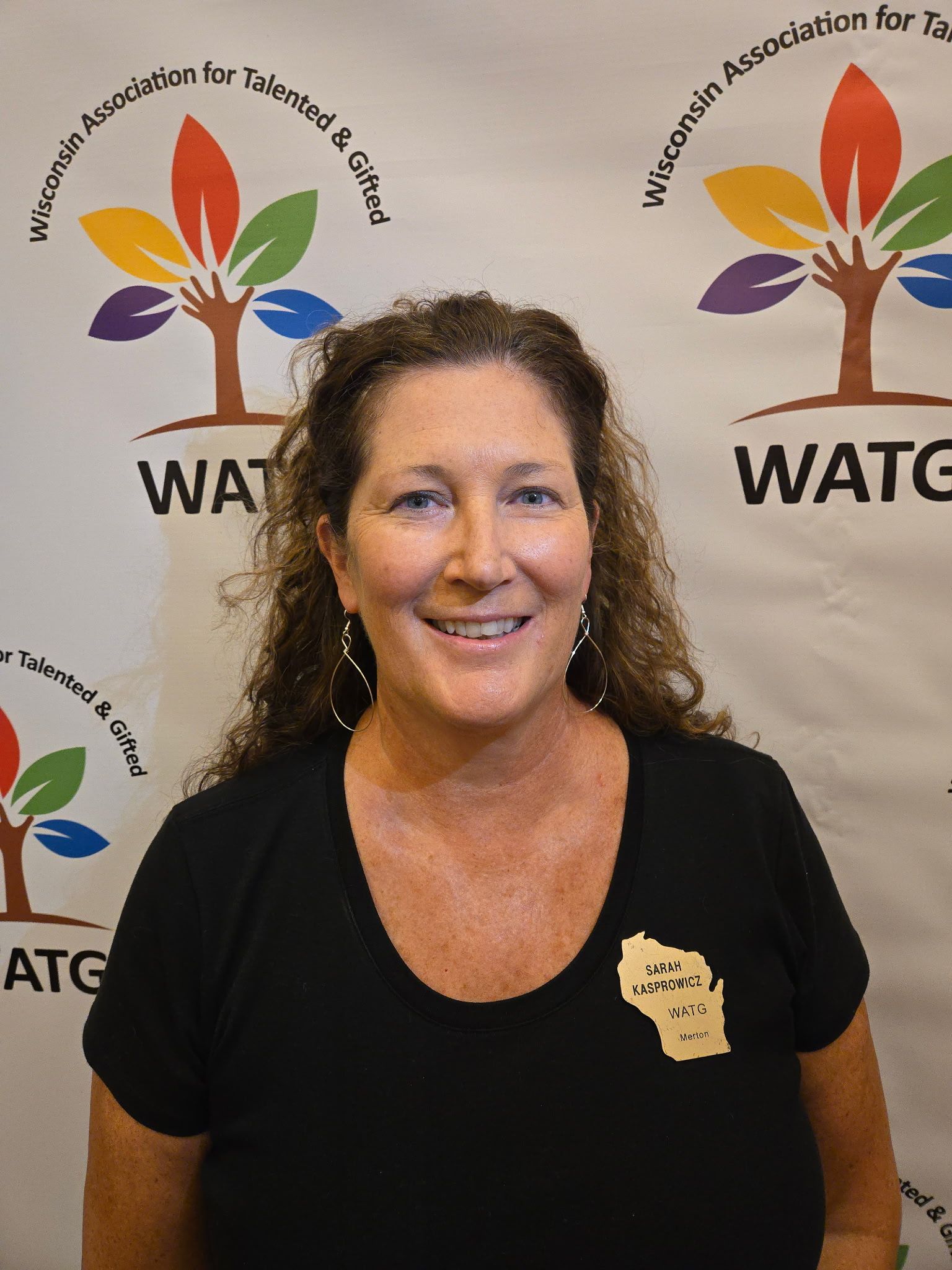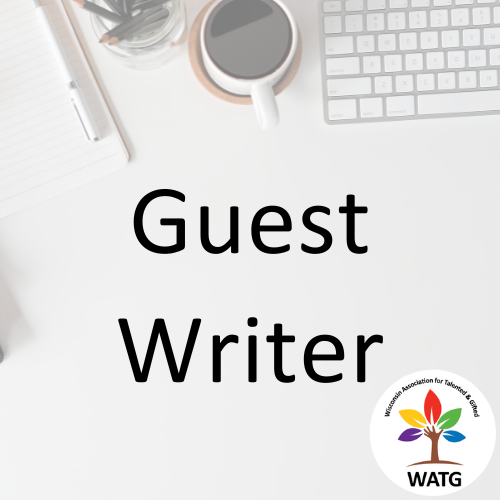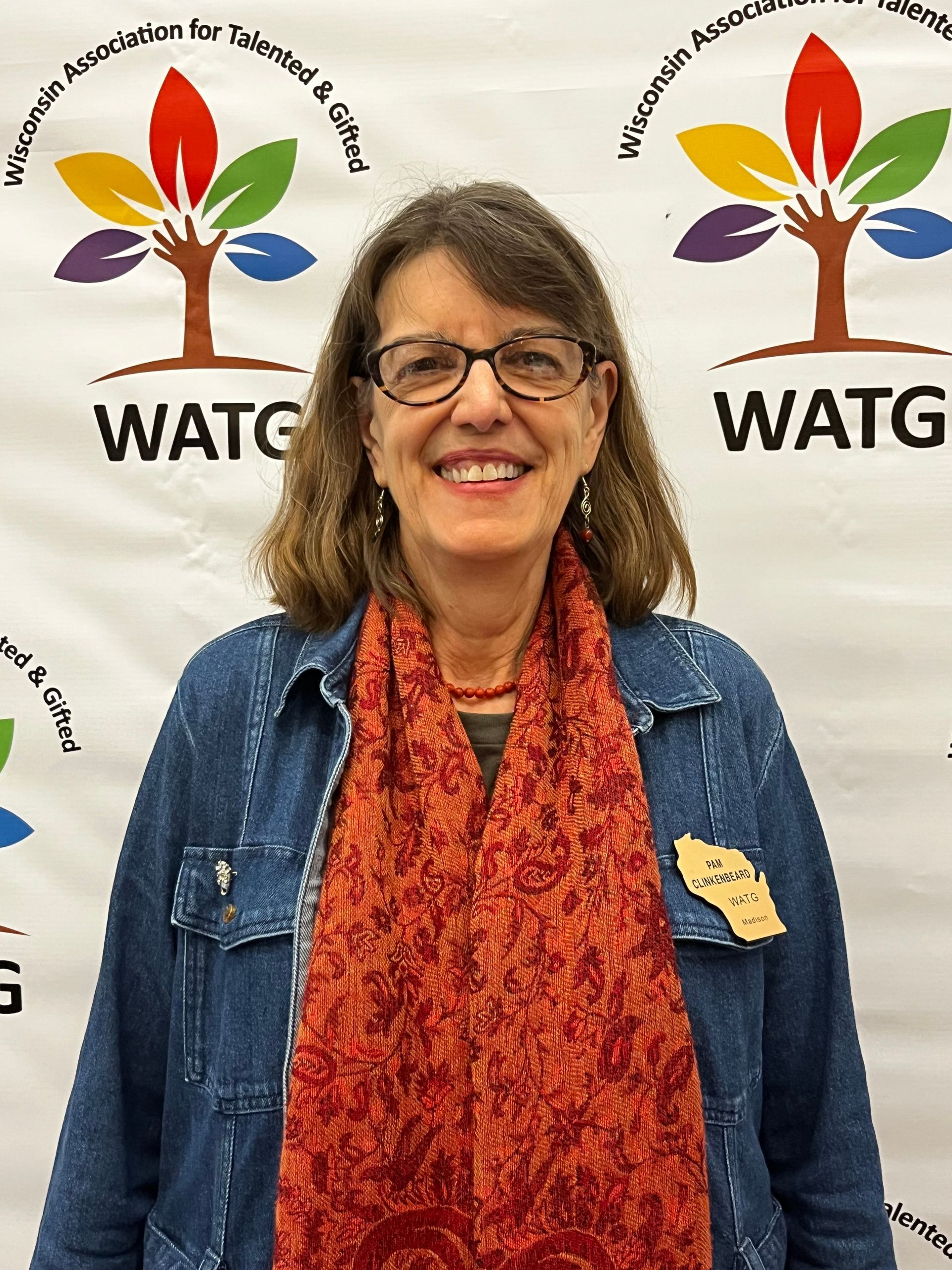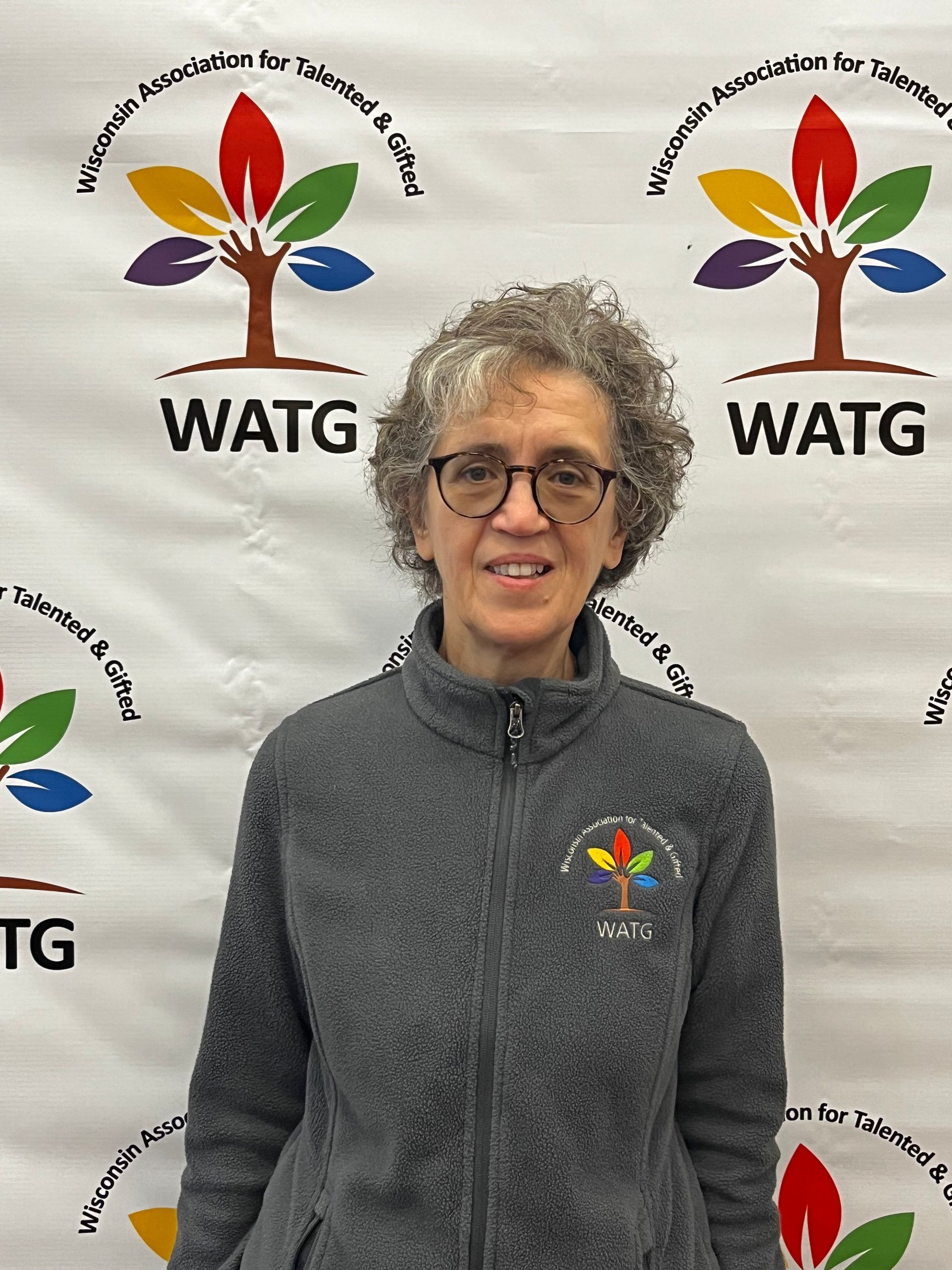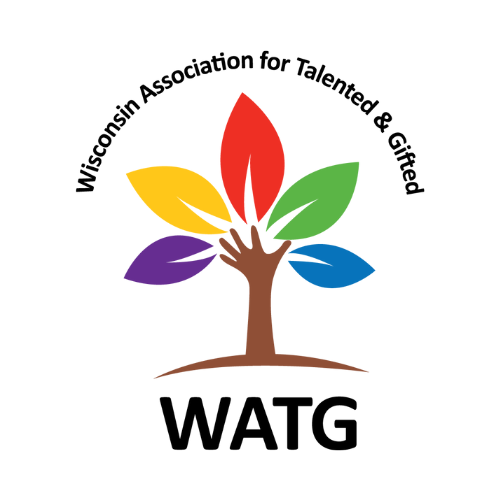Continuum of Service(s)
Continuum. Spectrum. Gamut. Range. Progression.
These words represent a range of possibilities, much like the diverse needs of gifted learners present a range of possibilities, and pose the question, “What is the best way to serve gifted learners?”
The truth is, there isn’t a single right way. In fact, the National Association for Gifted Children (NAGC) “recognizes that there is no ‘one perfect program’ for teaching gifted students.” Every child is unique and their profiles vary widely. There is no one-size-fits-all programming for gifted learners. According to the NAGC Pre-K-Grade 12 Gifted Programming Standards, a “continuum of services must exist for gifted learners.” (See
NAGC FAQ).
The word
continuum may sound simple, but it’s a complex concept, much like the varied needs of gifted learners; gifted learners have diverse needs and deserve a continuum of services. As a program coordinator who leans on the continuum approach, I often explain what this means to school staff, families, and learners.
Core Curriculum and Continuum
All students deserve a high quality, engaging core curriculum that is standards-based, research-driven, and culturally responsive. Even when the core curriculum meets those criteria, it may need to be differentiated, modified, enriched, or accelerated, to serve students’ diverse learning needs. Not all students are satiated with what is provided at the universal level. For gifted learners and high-achieving students, teachers are encouraged to provide a continuum of services to better meet the needs of these learners.
“A “continuum of services” provides administrators, teachers, parents, and students with a menu of educational options that are respectful of individual student differences and mindful of classroom and community resources.” (See
NAGC FAQ). However, the continuum is not simple. It involves nuances, degrees, and contexts, all of which must be tailored to each individual profile.
The Wisconsin Department of Public Instruction (DPI) offers an interactive visual on their website to help educators and stakeholders better understand the Continuum of Services for gifted learners (see
DPI’s toolkit). This visual organizes gifted services into two broad categories:
classroom-based and
school/district-based.
Classroom-Based Strategies
In the classroom, gifted services begin with foundational strategies that can be woven into daily lessons or unit planning. These strategies can be adapted for different levels of intensity depending on individual student needs.
Lower-intensity strategies include:
- Pre-Assessment: Identifying prior knowledge and readiness, and deliberately planning curriculum “on-ramps” to honor student differences
- Questioning Techniques: Using open-ended questions to encourage deeper thinking; gifted students are able to handle more analysis, synthesis, and evaluation
- Reflective Goal Setting: Helping students set personal learning goals
- Creative Thinking: Encouraging innovation and out-of-the-box thinking
- Critical Thinking: Fostering analytical and evaluative skills
- Flexible Grouping: Adapting groups to match learning needs and dynamics, and keeping the groups flexible to allow for grouping and re-grouping
Higher-intensity strategies include:
- Problem-Based Learning (PBL): Tackling real-world problems with teacher guidance
- Inquiry Models: Fostering self-directed learning
- Curriculum Compacting: Eliminating redundant material
- Independent Contracts: Allowing self-paced exploration with structure
School or District-Based Strategies
At the school or district level, the continuum takes on a broader, more collaborative approach. These services often require coordination across grade levels, departments, and even schools within the district. Some examples include:
- Cluster Grouping: Grouping gifted students together to foster peer collaboration
- Push-In Services: Bringing specialized support into the general classroom
- Purchased Services: Bringing in external expertise for programming
- Subject Acceleration (sometimes called partial acceleration): Allowing students to progress more quickly through specific subjects
- Grade Acceleration (sometimes called radical acceleration): Moving a student to a higher grade level if their needs require it
- Mentorships: Connecting students with mentors who can provide guidance and insight
- Dual Enrollment: Enabling college-level courses while in K-12
Collaborative Effort
The strength of these services lies in the collaboration between teachers, administrators, families, and students. Whether at the classroom or district level, each decision regarding service implementation is guided by the unique needs of the student, ensuring that they are appropriately challenged and supported.
Decisions are made locally and in response to the individual student. Many gifted students have a comprehensive pupil profile accessible to school staff. This profile shares information about the interests, strengths, cognitive abilities, previous achievement, and more, which allows for a more precise match between the student and the services they need. Teachers, administrators, parents, and students must work in tandem, continuously adapting programming based on student profiles and evolving needs.
For example, a student strong in problem-solving may benefit from flexible grouping and curriculum compacting, but if those aren’t enough, subject acceleration might be considered. The more detailed the student’s profile, the better the match with appropriate services. The intensity of need drives the programming option.
Volunteerism as an Analogy for the Continuum
To further illustrate the flexibility of a continuum, think about volunteerism. Just as gifted services offer a spectrum of engagement, volunteerism within an organization like WATG provides varying levels of involvement based on individual capacity, skills, and interests.
WATG, a non-profit with a part-time employee, thrives on the diverse skills and time commitments of its volunteers. Most of your WATG experience is the result of volunteers sharing time and talent. The collective talents of the volunteers seem endlessly versatile. The time commitments are finite, but vary greatly.
WATG includes general members, committee members, committee chairs, non-voting advisors, directors, contributing writers, gifted advocates, mentors, and more. The range of ways to be involved with WATG is wide. Each member can choose the commitment that best serves them and their needs.
More than a decade ago, I became a member whose needs were met by attending the annual conference. Now, I serve as President and volunteer hours each week supporting the mission and vision of WATG. My place on the continuum of service is going to change as my capacity, abilities, and interests develop. There are some in the organization who devote hours each day responding to member inquiries, planning events, and monitoring the landscape of advocacy. The continuum of volunteerism has infinite notches along the route and many entry points.
Conclusion
Just as with volunteerism, the continuum of services for gifted learners isn’t one-size-fits-all. It is an ever-evolving approach, shaped by individual needs, talents, and goals, with one common thread: to ensure that every gifted student has the opportunity to thrive.
By Terese Weiler, President, Wisconsin Association for Talented and Gifted
